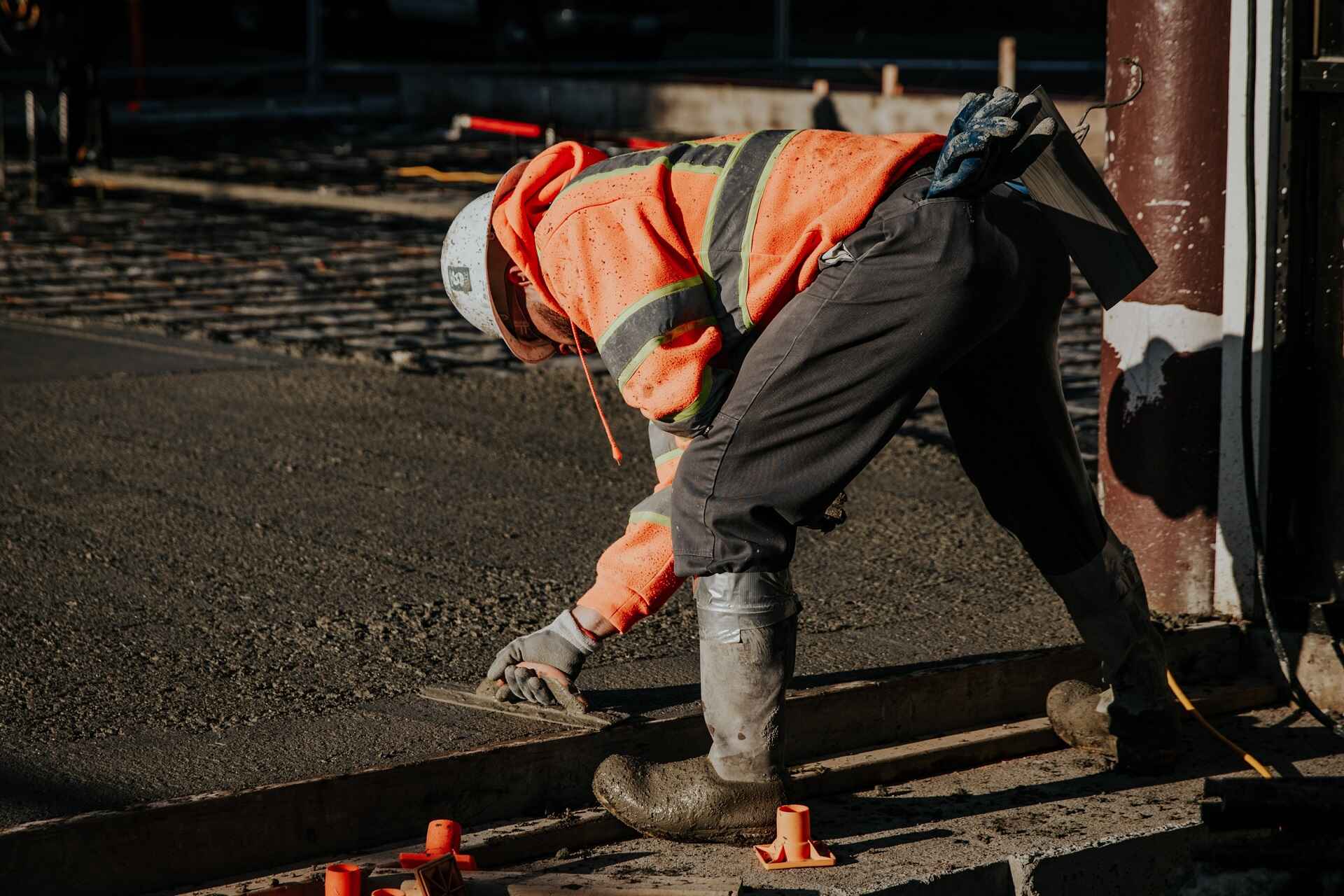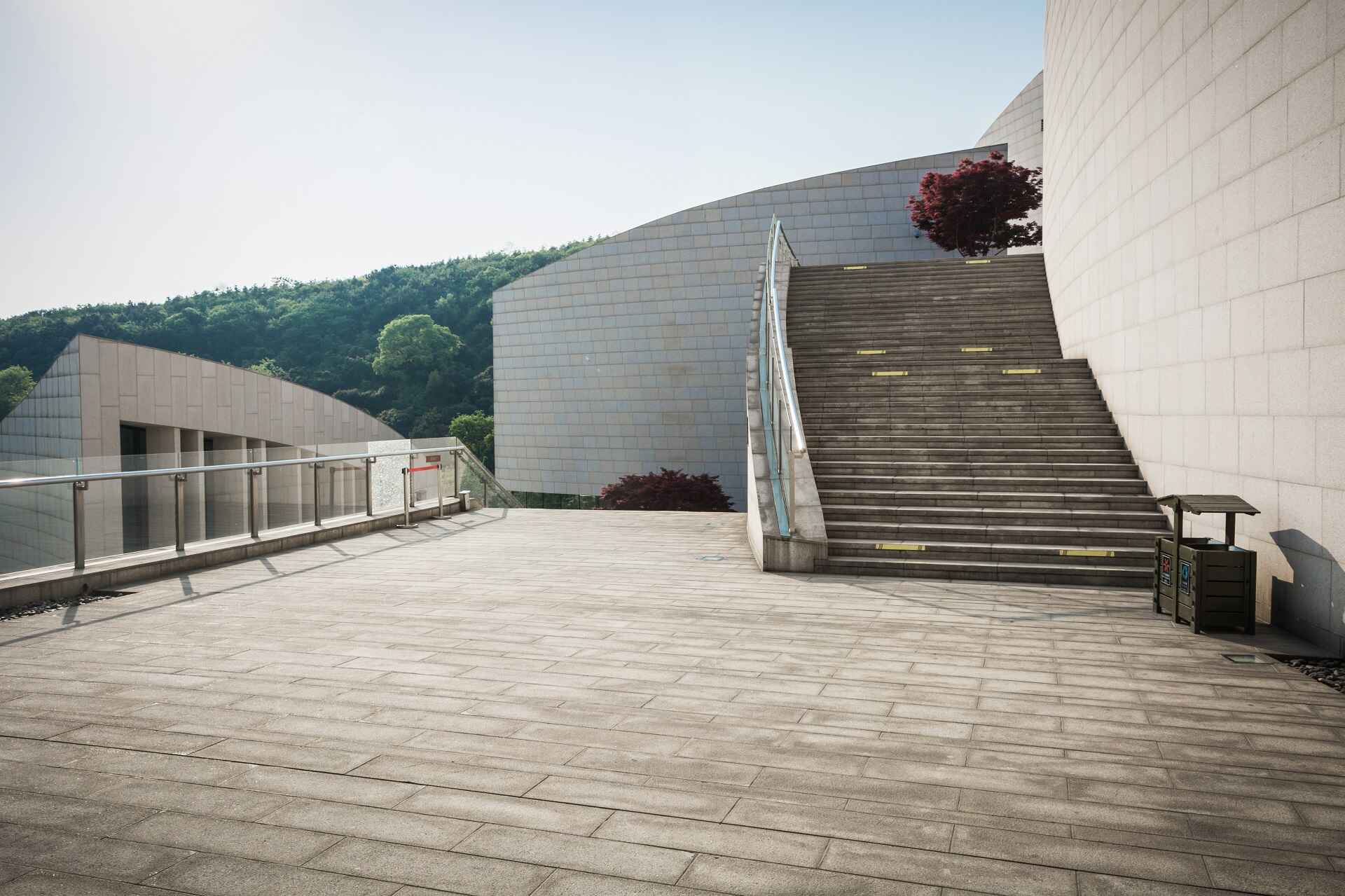Concrete sidewalks are essential features in both residential neighborhoods and commercial areas. They provide safe, durable, and visually appealing walkways for pedestrians. If you’re planning a sidewalk project for your home, business, or commercial property, it’s important to understand how concrete sidewalks are installed. This guide walks you through the step-by-step installation process, offering insight into what to expect when working with a professional commercial concrete company.
Whether you’re installing new concrete sidewalks in Oklahoma City or replacing an existing walkway, the process requires precision, expertise, and the right equipment. Let’s explore how experts handle the job from start to finish.
Step 1: Planning and Permitting
Before breaking ground, a concrete contractor begins with proper planning and preparation. This step includes:
- Measuring and layout: Identifying the sidewalk’s length, width, and slope to comply with ADA (Americans with Disabilities Act) requirements.
- Utility checks: Ensuring that there are no underground utility lines where the concrete will be poured.
- Permits: In Oklahoma City, a sidewalk permit may be required, especially for commercial projects. A reputable commercial concrete company will typically handle the permitting process for you.
Proper planning is crucial to ensure safety, drainage, and long-lasting durability.
Step 2: Excavation and Site Preparation
Once the plan is finalized, the site is prepared:
- Excavation: Workers dig out the area where the sidewalk will be installed, typically 6 to 8 inches deep depending on load and soil conditions.
- Grading: The surface is leveled and graded to ensure proper water runoff, which prevents pooling and premature damage to the concrete.
- Compaction: A compacted gravel or crushed stone base is laid to provide stability and prevent settling over time.
This foundation is essential for supporting the weight of the concrete and resisting cracking.
Step 3: Formwork Installation
Formwork refers to the wooden or metal molds used to shape the sidewalk:
- Forms are staked into place to outline the exact shape and height of the sidewalk.
- These forms help contain the concrete while it’s being poured and shaped.
- At this stage, expansion joints are also planned to accommodate future temperature-related movement and avoid cracking.
High-quality formwork ensures a smooth, professional finish.
Step 4: Reinforcement (Optional for Sidewalks)
Depending on soil type, sidewalk usage, and expected load, reinforcement might be required:
- Rebar or wire mesh can be laid within the form to provide additional structural strength.
- Commercial sidewalks in high-traffic zones often require reinforcement to prevent cracking from weight or vibration.
Your commercial concrete company will assess whether reinforcement is necessary based on your specific project needs.
Step 5: Concrete Mixing and Pouring
 Once the forms are ready, the concrete is mixed and poured:
Once the forms are ready, the concrete is mixed and poured:
- Ready-mix concrete is typically delivered on-site in a concrete truck for consistency and efficiency.
- The mixture is poured evenly into the forms and spread using shovels, rakes, or screeds.
- It’s critical to pour and work quickly, especially during hot Oklahoma weather, to avoid premature setting.
The mixture used for concrete sidewalks in Oklahoma City is often designed to withstand both extreme heat and freezing conditions, making proper mix selection crucial.
Step 6: Finishing the Surface
After pouring, the concrete surface is finished using a variety of tools:
- Screeding: A straight board is used to level the surface.
- Floating: This process smooths out the surface and brings finer particles to the top.
- Edging and Jointing: Edging tools round the sidewalk edges, while jointing tools create control joints to help prevent cracking.
- Texturing: Most sidewalks receive a broom finish to provide traction and prevent slips when wet.
A professional finish not only adds visual appeal but also improves functionality and safety.
Step 7: Curing the Concrete
Curing is a critical part of the installation process and ensures the concrete reaches maximum strength:
- Curing involves keeping the concrete moist for several days to prevent rapid drying and cracking.
- Curing compounds, water sprays, or wet coverings are often used.
- In Oklahoma City’s warm climate, proper curing is essential to avoid surface defects.
Most sidewalks are walkable within 24-48 hours, but should be kept free of heavy loads for at least 7 days.
Step 8: Final Cleanup and Inspection
Once the concrete is cured:
- The formwork is removed.
- Any surrounding debris is cleaned up.
- The new sidewalk is inspected for quality, slope, and finish.
A top-tier commercial concrete company will ensure your sidewalk meets both city codes and high-quality standards.
Why Hire a Commercial Concrete Company?
While DIY sidewalk installation might seem feasible, working with a professional contractor offers significant benefits:
- Expertise in local codes and climate conditions.
- Access to proper equipment for excavation, pouring, and finishing.
- Time and cost efficiency, especially for large commercial projects.
When choosing a contractor for concrete sidewalks in Oklahoma City, look for experience, licensing, and a strong portfolio of commercial work.
Partner with Bill’s Custom Concrete for Sidewalk Installation
Installing a concrete sidewalk is a multistep process that requires careful planning, skilled labor, and high-quality materials. Whether for residential upgrades or commercial infrastructure, hiring an experienced commercial concrete company ensures long-lasting results and compliance with Oklahoma City regulations. If you’re ready to enhance your property with reliable concrete sidewalks in Oklahoma City, contact a trusted contractor to get started today. Call us at 405-755-3975 or contact us for more information.

